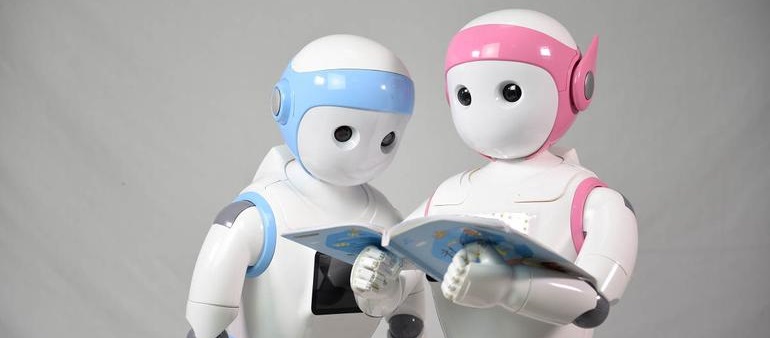The latest technology in educational robotics includes the use of artificial intelligence, machine learning, and natural language processing to create more interactive and engaging learning experiences for students.

Robotics kits and platforms such as Lego Mindstorms, VEX Robotics, and Ozobot are also becoming increasingly popular in classrooms as a way to teach STEM concepts. Additionally, the use of virtual and augmented reality in educational robotics is gaining traction, allowing students to interact with robotic systems in a simulated environment.
Some of the current trends in educational robotics are:
- Development of AI-powered robotic tutors
- Blending of online and offline learning
- Use of VR and AR for immersive learning experiences
- Increase of coding and programming education
- Incorporation of socially assistive robots in the classroom.
includes the use of cutting-edge technologies such as computer vision, deep learning, and swarm intelligence to create more sophisticated and autonomous robotic systems. These systems are able to perceive and interact with their environment in a more natural way, making them more suitable for educational applications.
One example of advanced technology in educational robotics is the use of computer vision to enable robots to recognize and respond to different objects and people. This technology allows robots to interact with students in a more natural way, such as by answering questions or providing feedback.
Deep learning
Deep learning is another advanced technology that is being used in educational robotics. This technology allows robots to learn from large amounts of data and improve their performance over time. This can be used to create more intelligent and personalized learning experiences for students.
Swarm intelligence
Swarm intelligence is a relatively new field in which multiple robots work together to achieve a common goal. This technology is being used in educational robotics to create more complex and dynamic systems that can adapt to changing environments and situations.
Another trend in is the use of low-cost, open-source hardware and software, which allows educators and students to easily build and program their own robots. This is particularly useful for schools and educational institutions with limited resources.
Overall, advanced technology in educational robotics is being used to create more intelligent, autonomous, and interactive robotic systems that can improve the learning experience for students.
